
South Dakota
South Dakota does not require AED programs to have any administrative or operational requirements. The Good Samaritan law protects AED users and CPR/AED trainers. AED owners and physicians are not protected. Immunity of the law is limited to use or non-use of an AED during a medical emergency. Other AED program activities are not covered. South Dakota requires high school students to be trained in CPR and AED courses. The state requires AEDs to be placed in dental facilities.
Choose a State:
South Dakota Law Key Takeaways
| Requirement | Summary |
|---|---|
| Good Samaritan Law | Any person, who in good faith obtains, uses, attempts to use, or chooses not to use an AED in providing emergency care or treatment, is immune from civil liability for any injury as a result of such emergency care or treatment. |
| Schools | High school curriculum must include training for CPR/AED. |
| Dental Facilities | Dental facilities using general anesthesia or deep sedation must have an AED on site. |
Products to help you stay compliant
South Dakota Statutes and Regulations
*South Dakota Codified Laws -- 20-9-4.3.
Terms used in §§ 20-9-4.3 to 20-9-4.8, inclusive, mean:
(1) “AED,” an automated external defibrillator;
(2) “Person,” a natural person, organization, corporation, partnership, limited partnership, joint venture, association, government entity, or any other legal or commercial entity.
*South Dakota Codified Laws -- 20-9-4.4.
Any person, who in good faith obtains, uses, attempts to use, or chooses not to use an AED in providing emergency care or treatment, is immune from civil liability for any injury as a result of such emergency care or treatment or as a result of an act or failure to act in providing or arranging such medical treatment.
*South Dakota Codified Laws -- 20-9-4.6.
Any person who provides AED training is immune from civil liability for any personal injury that occurs as a result of emergency care or treatment rendered using the AED or as a result of an act or failure to act in providing or arranging such medical treatment.
*South Dakota Codified Laws -- 20-9-4.8.
The immunity from civil liability under §§ 20-9-4.3 to 20-9-4.8, inclusive, does not apply if the personal injury results from the gross negligence or willful or wanton misconduct of the person rendering such emergency care.
*South Dakota Codified Laws -- 20-9-4.9.
The provisions of this chapter do not apply to an over-the-counter AED purchased without a written prescription. However, any person, who in good faith obtains an over-the-counter AED for use in providing emergency care or treatment or utilizes an over-the-counter AED, is immune from civil liability for any injury as a result of such emergency care or treatment or as a result of an act or failure to act in providing or arranging such emergency care or treatment. The immunity from civil liability pursuant to this section does not apply if the personal injury results from the gross negligence or willful or wanton misconduct of the person rendering such emergency care.
*South Dakota Codified Laws -- 13-3-91.
The secretary of education shall identify cardiopulmonary resuscitation (CPR) skills that all schools shall include within required school curriculum and shall inform school districts of resources and training available to assist schools to provide instruction in CPR and the use of automated external defibrillators.
*South Dakota Codified Laws -- 13-3-93.
The secretary of education shall electronically survey school districts regarding whether, and to what extent, the instruction of cardiopulmonary resuscitation and the use of automated external defibrillators is offered. The survey must gather data regarding what grades, for what period of time, and in connection with what course of instruction, if any, the training is offered. The secretary shall submit a report of the results of this data collection to the Senate and House standing committees on education and health and human services no later than December 1 of each year.
South Dakota Administrative Regulations, 20:43:09:13.01.
Equipment -- General anesthesia and deep sedation.
General anesthesia and deep sedation. Any dentist who administers general anesthesia or deep sedation or who provides dental services to patients under general anesthesia or deep sedation must ensure that the office in which the work is performed:
(2) Has the following equipment:
(a) An automated external defibrillator or full function defibrillator that is immediately accessible;
*Codes and regulations cited from Justia US Law.
**Codes and regulations cited from SDlegislature.gov.
Note: The information on this page is intended to educate readers on the general topic of AEDs and AED legislation. AED.com does not guarantee completeness or accuracy of any AED law interpretation, summary, or listing. This information is intended to be a summary of general facts and not legal advice. For assistance interpreting and determining AED law compliance in your state, please contact us.
AED owners are legally responsible to ensure compliance and emergency readiness of their AEDs. Each unit must meet certain requirements from the FDA, the local state, and individual AED manufacturers, which can be a challenging task to maintain. Thousands of customers rely on us to manage their AED compliance through our easy to use tool called LifeShield. Learn more about how we support our clients with an unmatched AED compliance program offering here.
|
|
||||||||
|---|---|---|---|---|---|---|---|---|
|
|
|
||||||
|---|---|---|---|---|---|---|
|
AED owners are legally responsible to ensure compliance and emergency readiness of their AEDs. Each unit must meet certain requirements from the FDA, the local state, and individual AED manufacturers, which can be a challenging task to maintain. Thousands of customers rely on us to manage their AED compliance through our easy to use tool called LifeShield. Learn more about how we support our clients with an unmatched AED compliance program offering here.
|
|
||||||||
|---|---|---|---|---|---|---|---|---|
|
|
|
||||||
|---|---|---|---|---|---|---|
|
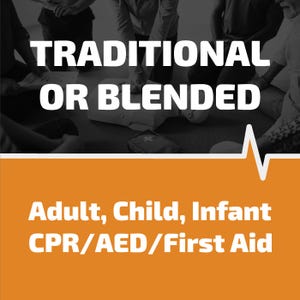
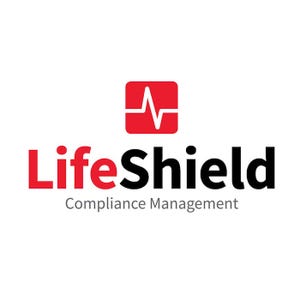
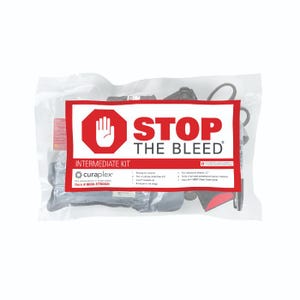
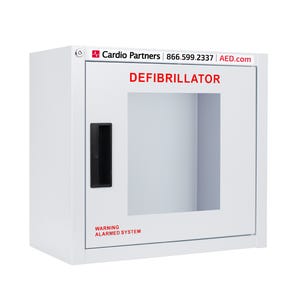
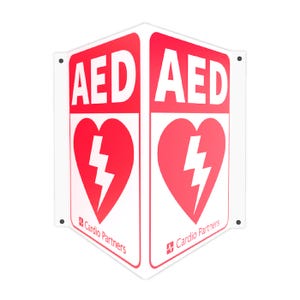
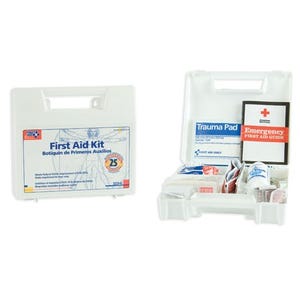
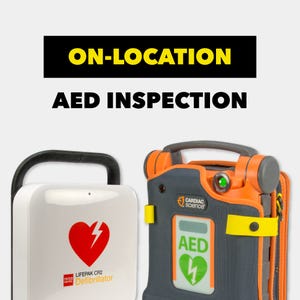
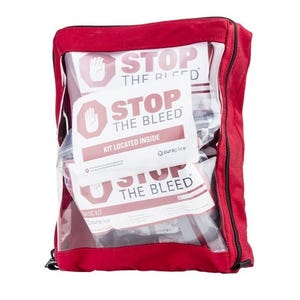
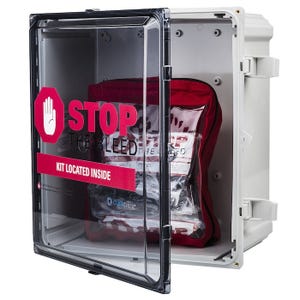
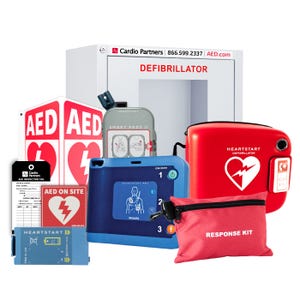
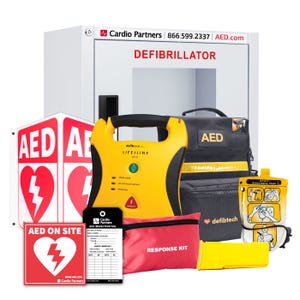
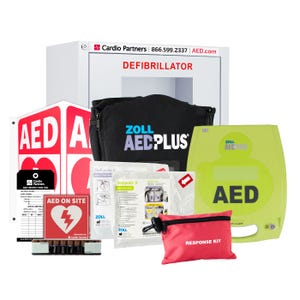
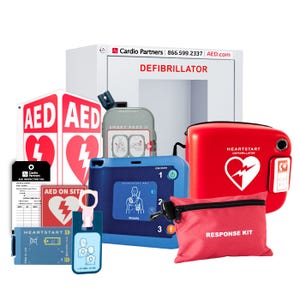
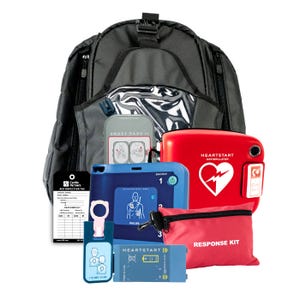
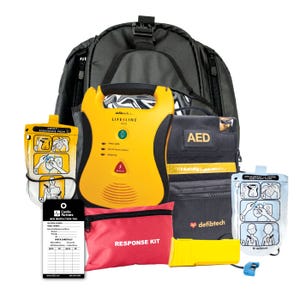
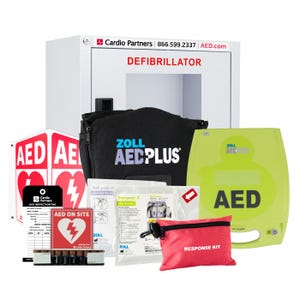
 CALL US:
CALL US: